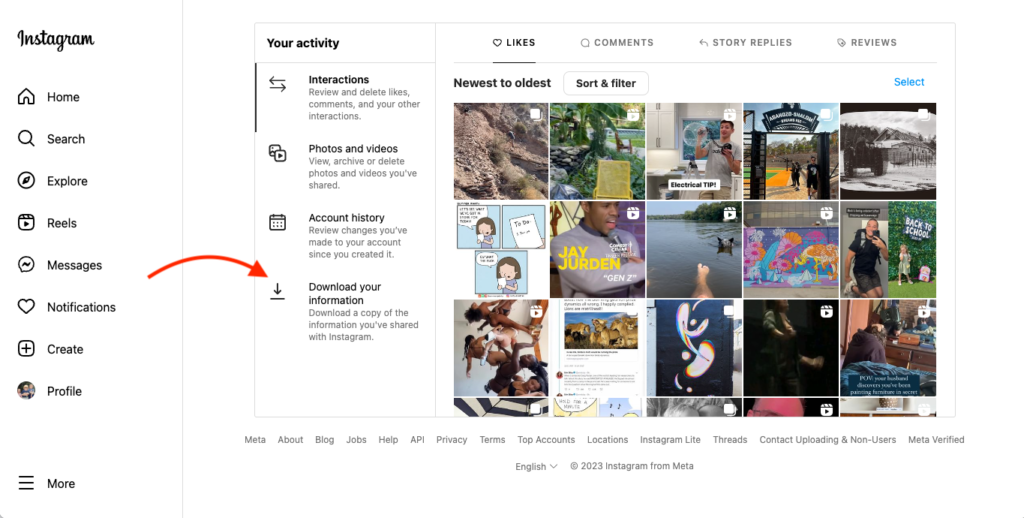Now Reading: Why Young Adults Fear Phone Calls
-
01
Why Young Adults Fear Phone Calls
Why Young Adults Fear Phone Calls

Despite being more connected than ever, many young adults in India, especially in Tier 2 and Tier 3 cities, experience anxiety when it comes to answering phone calls. Texts, chats, and social media messages offer controlled communication, but live phone conversations demand immediate response, leaving little room for preparation, which can create stress and avoidance behaviors.
One reason for this fear is the unpredictability of live conversation. Unlike messaging, phone calls require quick thinking, clear articulation, and instant emotional responses. For many, the pressure to respond correctly or politely in real time can be intimidating, especially when interacting with elders, authority figures, or unfamiliar contacts.
Social anxiety also plays a role. Many young adults feel self-conscious about their tone, accent, or choice of words. In smaller cities where peer comparison is common, the fear of judgment can extend to casual calls as well, making avoidance a preferred coping strategy.
Technology has further shaped communication habits. Instant messaging allows time to draft responses, use emojis, and edit mistakes, reducing pressure and providing a sense of control. Phone calls, in contrast, remove that safety net, forcing users to navigate uncertainty and potential awkwardness.
Addressing this fear requires gradual exposure and practice. Setting aside time for short, casual calls, preparing conversation points, and building confidence in speaking can help reduce anxiety. Families and workplaces can also encourage patience and understanding, creating a supportive environment for live communication.
Ultimately, phone anxiety reflects broader changes in communication preferences. While calls may seem simple, they demand skills and confidence that young adults are learning to navigate in a digitally dominated world.

























